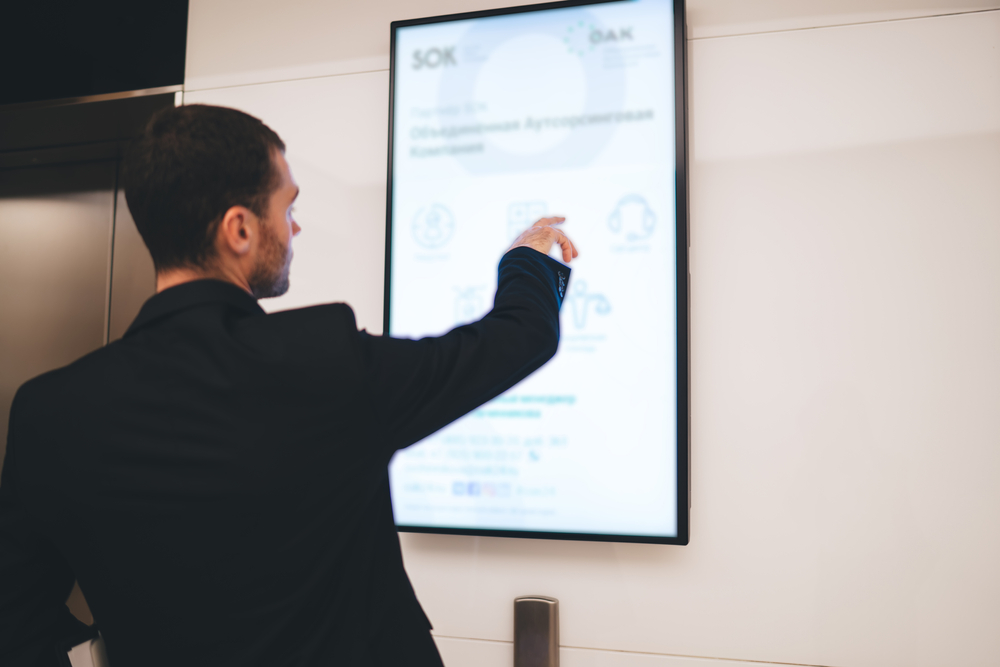How Trial Presentations Are Vital for Effective Cross-Examination in Court
How Trial Presentations Are Vital for Effective Cross-Examination in Court
Blog Article
The Power of Visuals in Test Presentations for a Winning Disagreement
The combination of visuals in test presentations has arised as a vital aspect in effectively interacting intricate debates to jurors. By using numerous types of visual help-- be it diagrams, photographs, or animations-- lawyers can boost understanding and retention, eventually shaping the court's perception of the situation.
Importance of Visuals in Tests
In several lawful settings, visuals play a crucial role in enhancing the performance of test discussions. The combination of aesthetic components can substantially affect jurors' understanding and retention of complicated information, therefore forming their assumptions and decisions. Visuals, such as graphes, diagrams, and pictures, can streamline complex narratives, making them more obtainable and engaging.
Additionally, the human mind processes aesthetic details more effectively than message, which highlights the relevance of incorporating visuals right into lawful disagreements. By equating dense legal concepts into visual layouts, attorneys can assist in more clear communication, guaranteeing that bottom lines are not forgotten during trials.
Additionally, visuals offer to involve jurors on a psychological degree, cultivating a link to the instance that words alone may fail to attain. The calculated use of visuals can stimulate empathy, motivating jurors to take into consideration the human aspects of the instance.
Eventually, the value of visuals in tests lies in their ability to enhance quality, enhance juror engagement, and strengthen the story existing. This powerful mix is vital for crafting convincing arguments that resonate with jurors and affect the result of lawful procedures.
Kinds Of Visuals to Use
Efficient trial discussions can greatly gain from a range of aesthetic devices that accommodate different aspects of the instance. trial presentations. Making use of representations and charts can efficiently damage down intricate details, making it much more digestible for jurors. Flowcharts can highlight the series of occasions, while bar graphs might succinctly contrast relevant information factors.

Animations and simulations can additionally play an essential function, specifically in cases including technological data or elaborate situations. These visuals can dynamically stand for processes or actions, providing clearness and engagement that static images may not attain.
In addition, infographics combine message and visuals to sum up crucial information efficiently. They can provide timelines, data, and substantial instance points in an aesthetically enticing manner, making it much easier for jurors to adhere to the debate.
Enhancing Understanding and Retention

Enhancing comprehension and retention during test discussions is important for making certain that jurors comprehend the important aspects of a situation. Aesthetic help serve as powerful devices hereof, equating complex information into easily absorbable styles. By using graphes, representations, and infographics, attorneys can simplify intricate data and highlight bottom lines that might or else be forgotten.
Studies have actually revealed that people keep info dramatically better when it is presented visually. This is particularly relevant in a test setup, where jurors may be overwhelmed by the quantity of evidence and statement. By tactically including visuals, attorneys can this post guide jurors' interest to the most critical elements of the situation, enhancing their understanding and memory of the product presented.

Developing Involving Presentations
Captivating jurors' attention during trial presentations is important for sharing a compelling narrative. Involving discussions leverage aesthetic aspects to produce a remarkable experience that reverberates with jurors. The critical use of graphics, computer animations, and videos can clarify complicated info, making it much more obtainable and relatable.

Additionally, incorporating storytelling methods can enhance involvement. Offering evidence in a rational series that constructs psychological appeal allows jurors to get in touch with the material on a personal level. Diverse discussion styles, such as incorporating short video or interactive components, can also endure passion and attention throughout click here to read the trial.
Eventually, an appealing discussion promotes a more profound understanding of the case, making it possible for jurors to better value the disagreements existing and bring about an extra desirable end result.
Study and Success Stories
Many instance research studies highlight the substantial effect of visuals in test presentations, demonstrating their capacity to affect juror perceptions and ultimately the end results of situations. For instance, a notable instance involving an accident case illustrated how using a 3D computer animation of the crash scene made clear intricate information. Jurors reported really feeling even more educated and empathetic, considerably guiding their decision for the plaintiff.
In an additional instance, a company litigation situation used infographics to present monetary data and timelines, making detailed information easily accessible. The aesthetic depiction made it possible for jurors to grasp the subtleties of the situation better than spoken descriptions alone. trial presentations. Therefore, the jury returned a verdict that went beyond the customer's assumptions
The compelling visuals not just helped in producing doubt but additionally resonated mentally with jurors, leading to an acquittal. These success stories underscore the necessity of incorporating visuals into trial discussions, as they enhance understanding, retention, and inevitably, the convincing power of legal disagreements.
Verdict
Finally, the tactical unification of visuals in trial discussions dramatically boosts jurors' understanding and retention of complex find here information. By using different kinds of visuals, attorneys can properly make clear bottom lines and foster emotional connections with the target market. Engaging presentations, supported by compelling instance research studies, show the profound impact that visuals can carry persuasive interaction. Eventually, the power of visuals functions as a crucial aspect in attaining beneficial trial outcomes.
Report this page